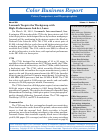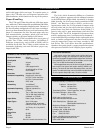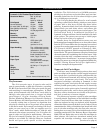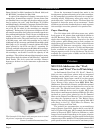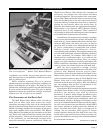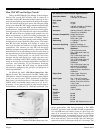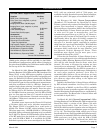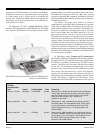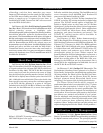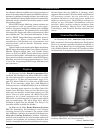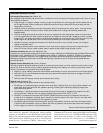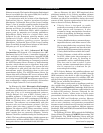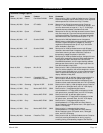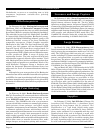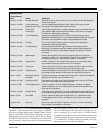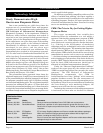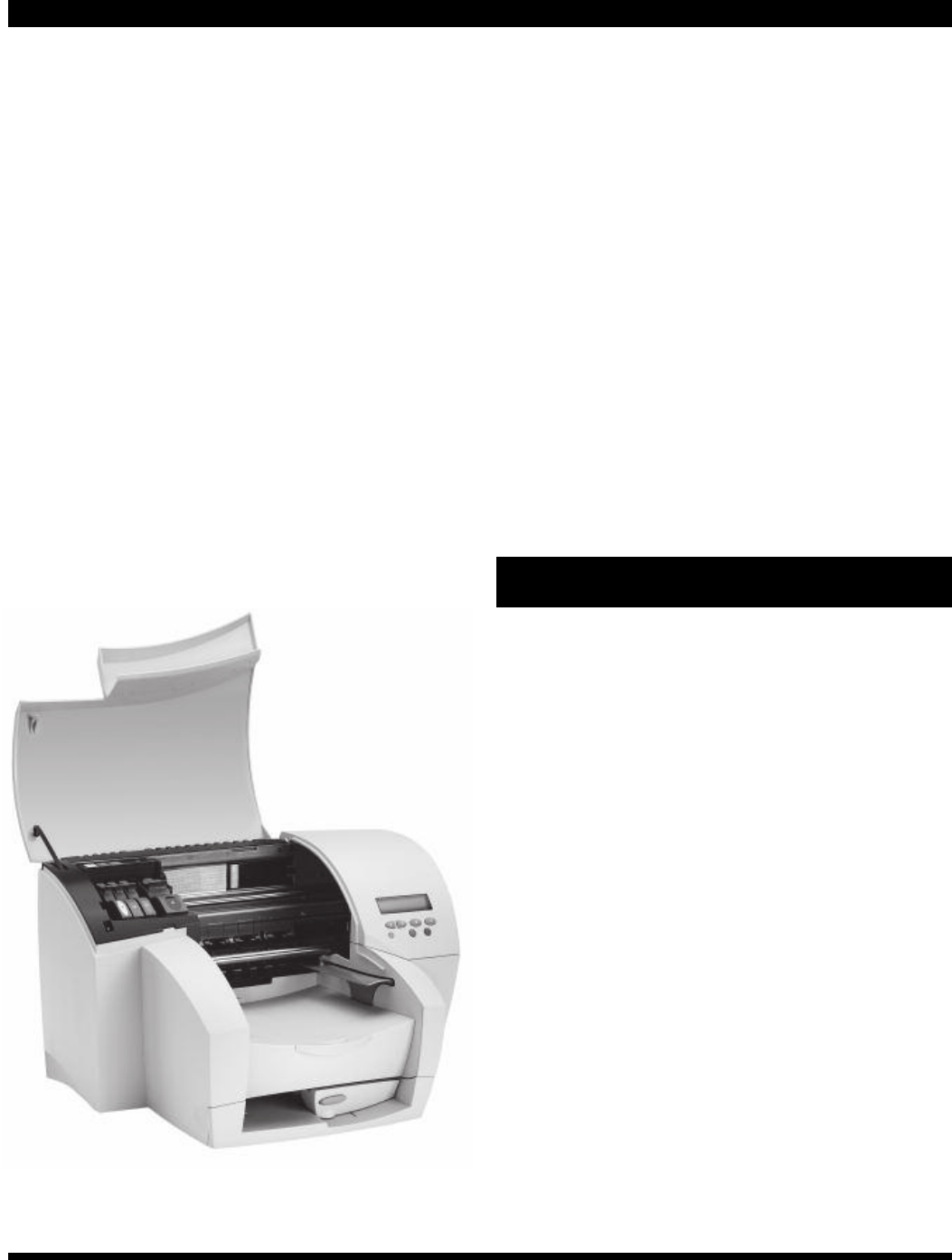
Page 4 March 2001
Color Business Report
Given the investment Lexmark has made in the
development and manufacturing of tri-color cartridges,
we felt compelled to question the switch to a separate-
cartridge model. Businesses often print more of one
particular color, said Drew Zande. We found that this
approach is better for many of our customers. Zande
would not say whether Lexmark plans to work separate
ink cartridges into other printers in its product line.
Paper Handling
The J110 ships with a 250-sheet paper tray, which
feeds paper to the printer from underneath (similar to
the HP Business Inkjet 2200). The J110 also has a
single-sheet multipurpose feeder, located on the back
of the printer, which allows users to feed envelopes or
single sheets of letterhead. The J110tn, which features
10/100Base-TX Ethernet connectivity, ships with an
additional 250-sheet tray and a 75-sheet multipurpose
feeder, available as options on the J110 base model.
Output capacity on the J110 is 250 sheets. The J110 is
available for a street price of $899, and the J110tn is
available for $999.
F
Printers
MGI USA Addresses the Perf,
Score, and Trim Part of Finishing
At On-Demand (New York, NY, Feb 27 - March 2,
2001) we saw a color laser printer with an integrated
finishing station which can score, perf, slit and trim,
simultaneously. Paper from a stack of cut-sheet pages
(or 8 1/2"-wide roll) feed from one side of the Digital
Carte Master Color printer from MGI USA, Inc.
(Melbourne, FL and Paris, France), and full-color printed
business cards cut to size are deposited in a tray on the
other side. The Hitachi-based print engine, which is
probably a 600-dpi device, runs at 4 ppm. MGIs spec
sheet states a maximum resolution of 2400 dpi. We have
enclosed an event ticket printed at the On Demand
Show on the Digital Carte Master Color, so readers can
see what the equipment can do. The Digital Carte
Master Color has been shipping since spring 1999. MGI
sells direct in the U.S., with offices in Atlanta, Los
Angeles, Chicago, and New York.
The printer can accommodate an extraordinary
range of papers, from 20 lb. bond to 94 lb. cover/140 lb.
index (70 gsm to 250 gsm). MGIs sample book includes
prints on linen and PPGs Teslin, in addition to a wide
range of card stocks. Depending on the paper selection
and the trim requirements, the print speed and/or fusing
temperature will be modified. Trim requirements affect
print speed because the sheet must be stationary when
The Lexmark J110, shown with an open cover to reveal
the printers separate ink cartidges.
Source: Lexmark International, Inc.
Epson Stylus Pro 5000, introduced in March 1998, and
the HP 2000C, introduced in May 1998.
In spite of the adoption of separate ink tanks by its
competitors, Lexmark has resisted. Canon claims that
you shouldnt have to replace all the colors when you just
need to replace the cyan, said Paul Johns, VP of Sales
and Marketing for Lexmarks Consumer Printer Division,
at a briefing in February 2000. We find that nine times
out of 10, all the colors in the cartridges are emptied
uniformly. Perhaps the J110 is meant to address the 10%
of Lexmark users who dont believe or actually experience
this uniform ink depletion. The J110 uses a configuration
similar to Canons, with a replaceable print head and
individual ink tanks. The print head has an expected life
of 30,000 pages, each color ink cartridge has a yield of
3,000 pages at 20% coverage, and black ink cartridges yield
3000 pages at 5% coverage. Lexmark claims that black
pages printed by the J110 cost $0.017, assuming 5%
coverage, and that color pages cost $0.090 at 20% coverage.
Lexmark would not give us pricing for the print head or
ink cartridges, nor would it reveal the capacity of ink
cartridges. The yield on ink cartridges depends on many
things other than the volume of ink delivered, explained
Drew Zande. We dont quote ink cartridge volumes
because we believe it to be an inaccurate representation
of yield.



